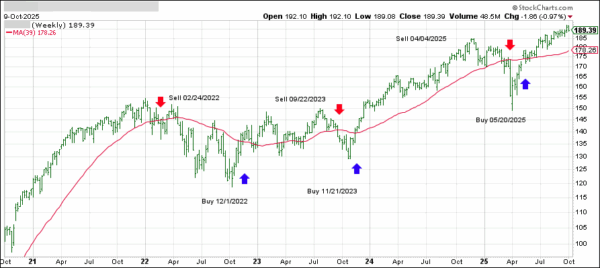
- Moving the market
The bulls wasted no time taking charge this morning, pushing stocks higher as a string of upbeat earnings easily outweighed any anxiety from escalating trade tensions with China.
Big banks fueled the rally—Bank of America jumped 4% after smashing earnings forecasts thanks to a surge in investment banking revenue, and Morgan Stanley soared 6% on its own blowout results. Those strong showings followed Tuesday’s solid reports from Goldman Sachs and Wells Fargo, keeping the positive momentum rolling.
That said, it looks to me like stocks could drift sideways from here, especially if the trade war rumbles on and the ongoing government shutdown continues to weigh on sentiment.
Yesterday’s session was a wild ride—the S&P 500 nearly staged a comeback but faded late after President Trump threatened a cooking oil embargo against China, hitting back for Beijing’s decision to stop buying U.S. soybeans.
Today, midday jitters briefly took markets into the red, but by the close today, bullish spirits returned, leaving only the Dow unable to keep pace.
Once again, the broad market outperformed the big-name “Mag 7” stocks, while bond yields crept higher, and the 10-year Treasury bounced off the 4% mark.
Gold kept smashing records, up 1.7% for the day, with silver also climbing 3.3% and just barely missing a fresh high. Bitcoin slipped to $111,000, and the dollar pulled back to one-week lows.
Is this just a quick burst of volatility as earnings compete with trade headlines—or are we in for more headline-driven swings as the drama unfolds?
Read More




